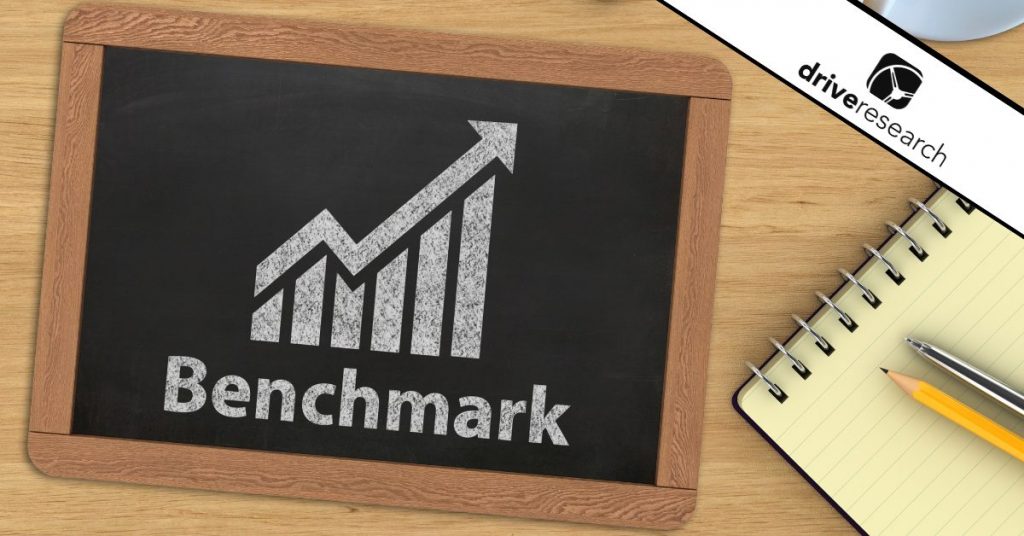
What if we were to deliver a presentation and tell a crowd of 100 that their customer satisfaction level is 65% and their net promoter score (NPS) is +31. What would every single person in that crowd be thinking? Is 65% good or bad? Is a +31 NPS good or bad? Without any context some of these key performance indicators (KPIs) can be misleading.
Market research benchmarks are a crucial part of a market research survey. Particularly for any survey that covers satisfaction with an experience or brand. Benchmarks provide context. They can tell an organization whether they are ahead of their peers or behind the 8-ball.
When we discuss benchmarks as a market research consultant, we focus on 4 very different types of metrics. Each carry their own unique value. Ideally, organizations should benchmark themselves using all 4 types.
Our market research company goes into more detail on each of the 4 below.
Benchmark 1: You
Your best benchmark is yourself. After your first baseline study, these initial benchmarks will become a key measurement to compare future metrics against. Where have we improved? Where has our service declined? Each new wave of data is a new yardstick. If you measure yourself against past performance it keeps the focus on improvement and moving ahead instead of settling and being complacent with a score that is 20% higher than the industry standard. We ask for more from our market research and we think you should too.
Benchmark 2: Your Competitors
As a market research consultant, our works with you to identify 4 or 5 key competitors or like organizations which compete against your organization or are similar experiences for users. As part of this benchmarking we simply ask how satisfied customers and non-customers are with your competition. This creates a unique perspective at how satisfaction with your organization compares to your key competitors. This is one of the most relevant benchmarks.
Benchmark 3: Industry Standards
Our market research team of consultants reviews the unique needs of each client to determine the appropriate industry for benchmarking data. We offer 86 different categories to choose from. Perhaps it’s manufacturing, software and online services, financial services, e-commerce, or healthcare. We’ll work with you to select the appropriate benchmark for industry comparisons. Our NPS benchmark comparison is collected from over 120,000 organizations. This type of benchmarks helps you understand your score in relation to national averages.
An Example of NPS Benchmarks
Here is an example of comparing your organization’s NPS to industry averages. NPS is one of the most common benchmarks used in market research. It is based on a simple 0 to 10 scale of likelihood to recommend. The score is the difference between the percentage of promoters (rating you a 9 or 10) and the detractors (rating you a 0 to 6). Here the NPS score for your organization is +31 with is 19 points behind the comparison group of +50.
Example of NPS Benchmarks
Benchmark 4: Best-Practice Brands
Why compare your organization only to industry peers? What if your dreams are bigger? That’s why we recommend reach measurements and benchmarks for our clients. How does customer satisfaction with your organization compare to best-in-class organizations likes Amazon? Apple? JetBlue? We measure this and identify areas to push you to new heights.
Contact Us
Drive Research is a market research consultant. We work with all types of organizations and industries across the country. We help manage the entire market research project including kickoff, project management, design, fieldwork, analysis, and reporting.
Questions about how we can help? Contact us at [email protected] or call us at 315-303-2040.



